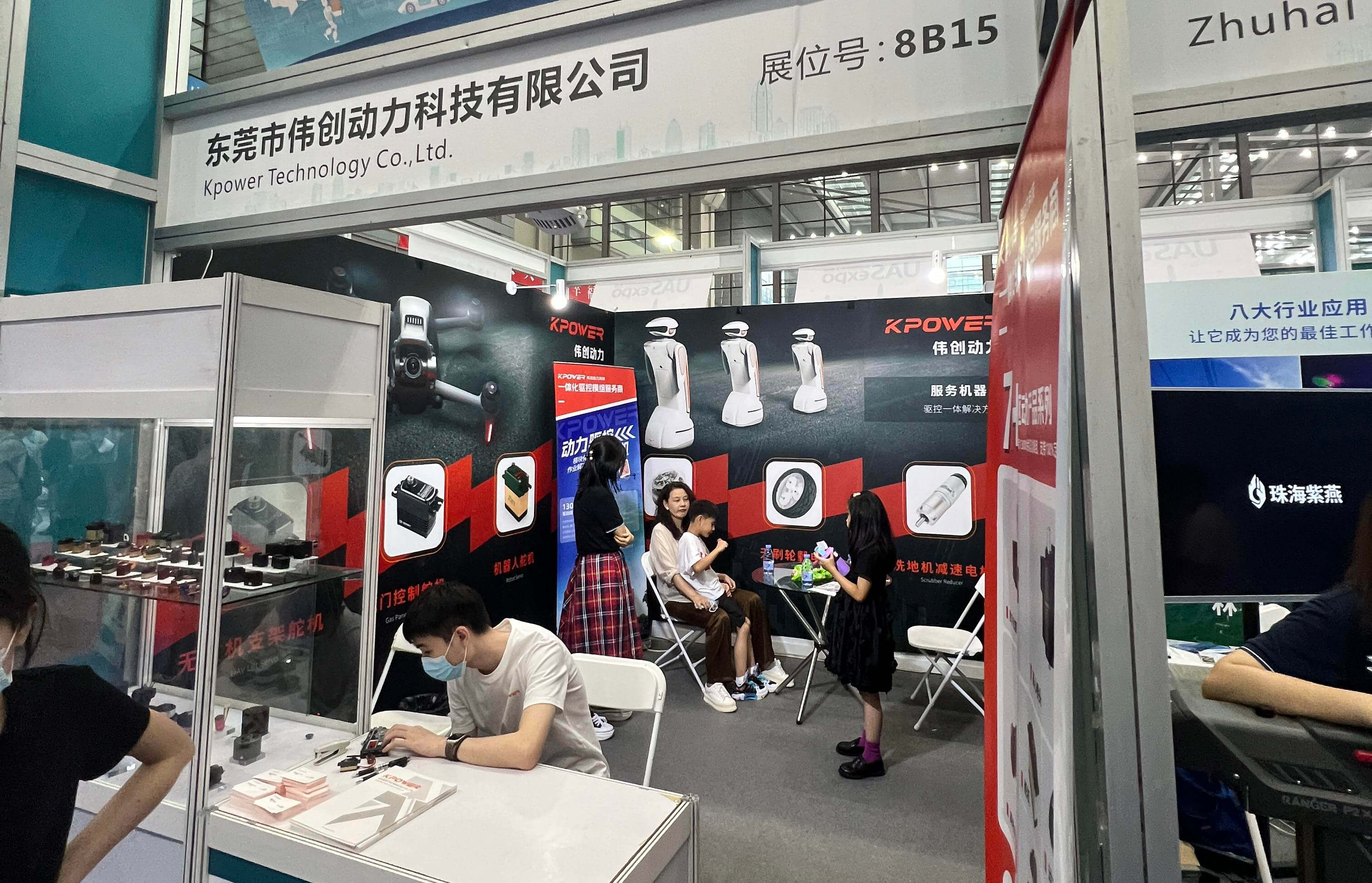Ever been caught off guard when your Mitsubishi servo amplifier suddenly throws an alarm? It’s like an unexpected splash of cold water—it happens, and then you’re left trying to figure out what’s gone wrong. That alarm light flickering on the screen can feel like a mystery waiting to unfold. But here’s the thing: those alarms aren’t just random glitches. They usually point to something specific—maybe overheating, maybe a wiring hiccup, or a power surge. Knowing what to look for makes all the difference.

Let's dive deeper. A Mitsubishi servo amplifier isn’t just a component; it’s the heartbeat of your automation system. When it lamps out with an alarm, it’s essentially saying, “Hey, I need attention, pronto!” Sometimes, it’s a simple fix—reset the system, check the wiring, replace a fuse—but other times, it calls for a bit more detective work. That’s where understanding common alarm signals can save a lot of frustration.
For example, an alarm indicating “overcurrent” might mean something as straightforward as a jam in the machine—an obstacle that's causing it to strain. Or maybe the cooling fan isn’t doing its job. The point is, these alarms are communication tools, talking to you about what’s happening behind the scenes.
Ever wonder why some alarms seem to recur? It’s usually because the root cause isn’t fixed properly. Imagine ignoring an overheating alarm, and then suddenly, the amplifier just powers down altogether—leaving production halted. It’s like ignoring a warning about a leak; the water’s going to find a way to cause trouble if you don’t address it in time.
When it comes to handling these alarms, a clear strategy works best. First, identify the alarm type—check the manual, but also consider common culprits like power supply issues, environmental conditions, or mechanical jams. Once you’ve pinpointed the cause, decide whether it’s a quick reset or if a deeper inspection is needed. Regular maintenance and system checks play a vital role here. Preventative measures can save you from panic moments when alarms pop up unexpectedly.
Thinking about integration, how do these alarms impact overall productivity? Well, alarms that aren’t addressed promptly can lead to downtime, affecting deadlines and costs. On the flip side, a well-maintained system with swift alarm response minimizes unexpected stops, keeps operations smooth, and saves money in the long run.
So, next time that alarm light flashes, rather than panic, think of it as the amplifier’s way of talking to you. Recognize the signals, act swiftly, and keep that automation line humming. Because a reliable system isn’t just built on hardware—it's built on understanding and quick responses. It’s about turning alarms from troublemakers into opportunities for better system health.
Leveraging innovations in modular drive technology, Kpower integrates high-performance motors, precision reducers, and multi-protocol control systems to provide efficient and customized smart drive system solutions.




































